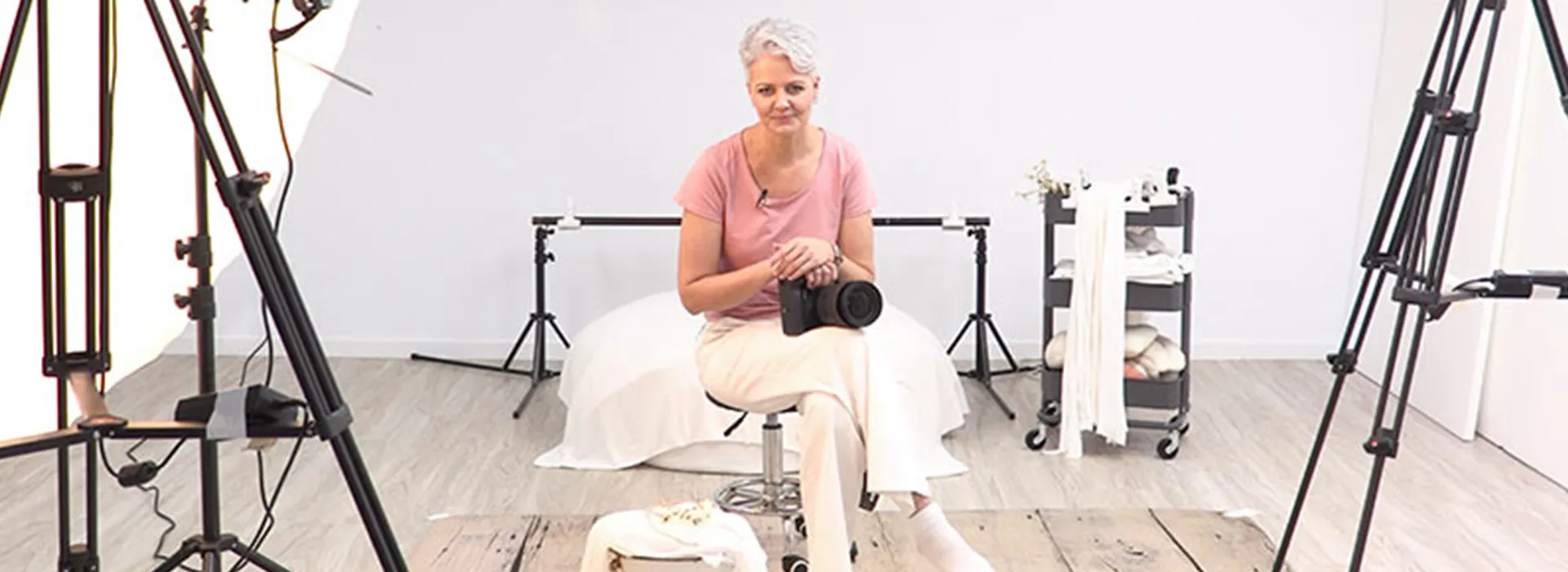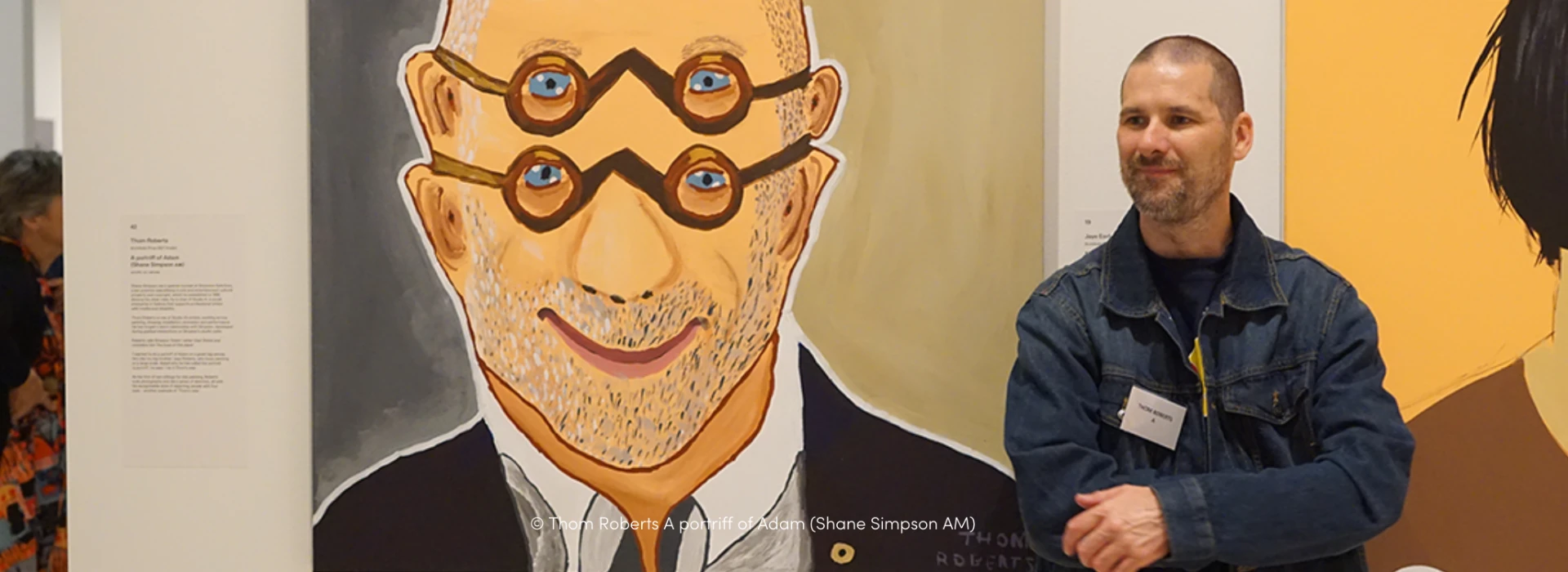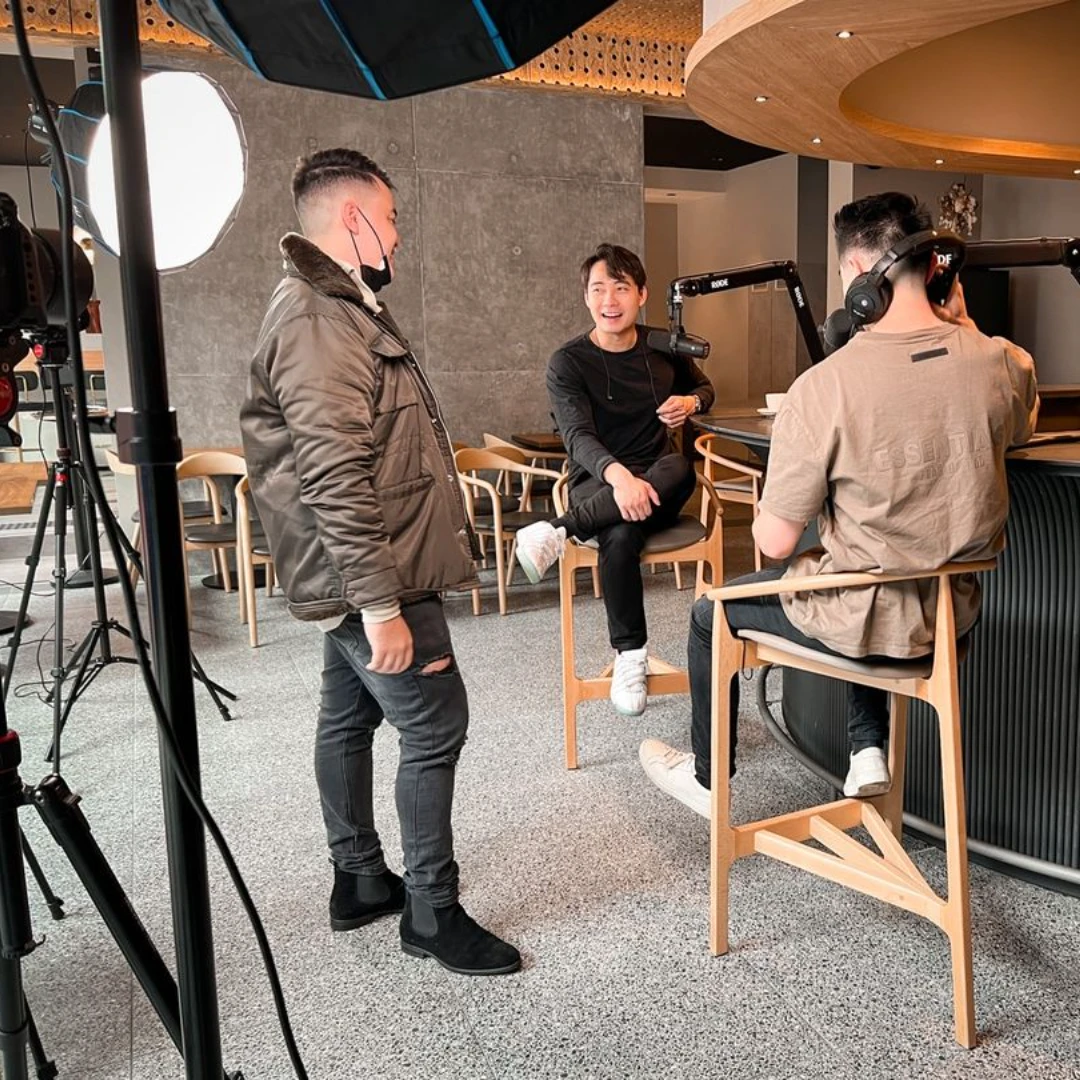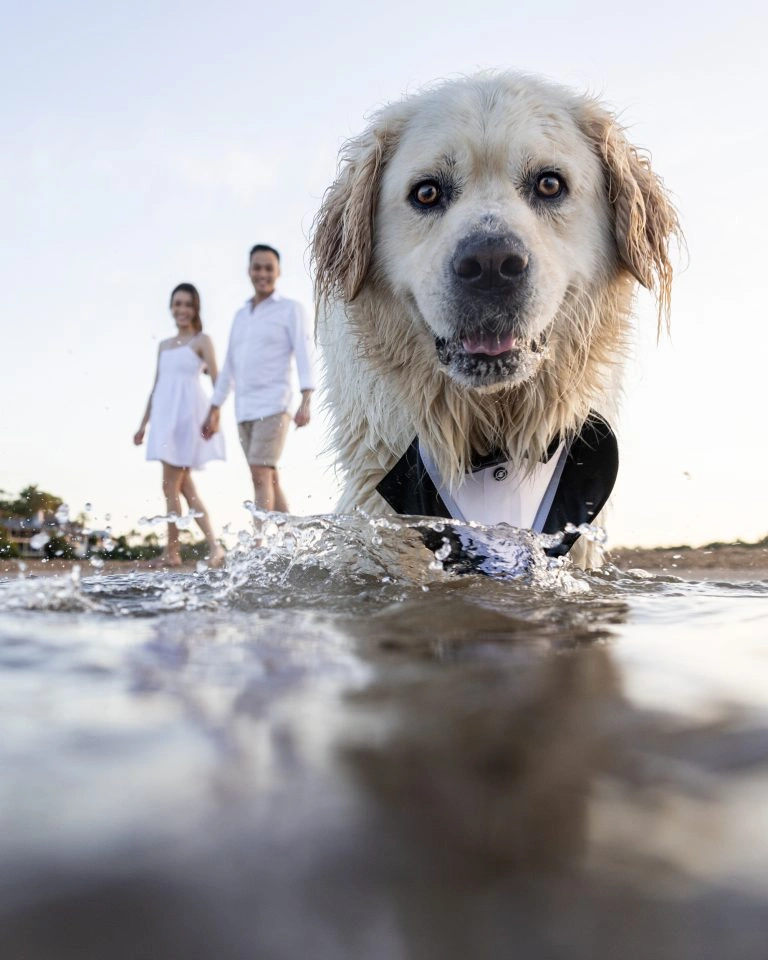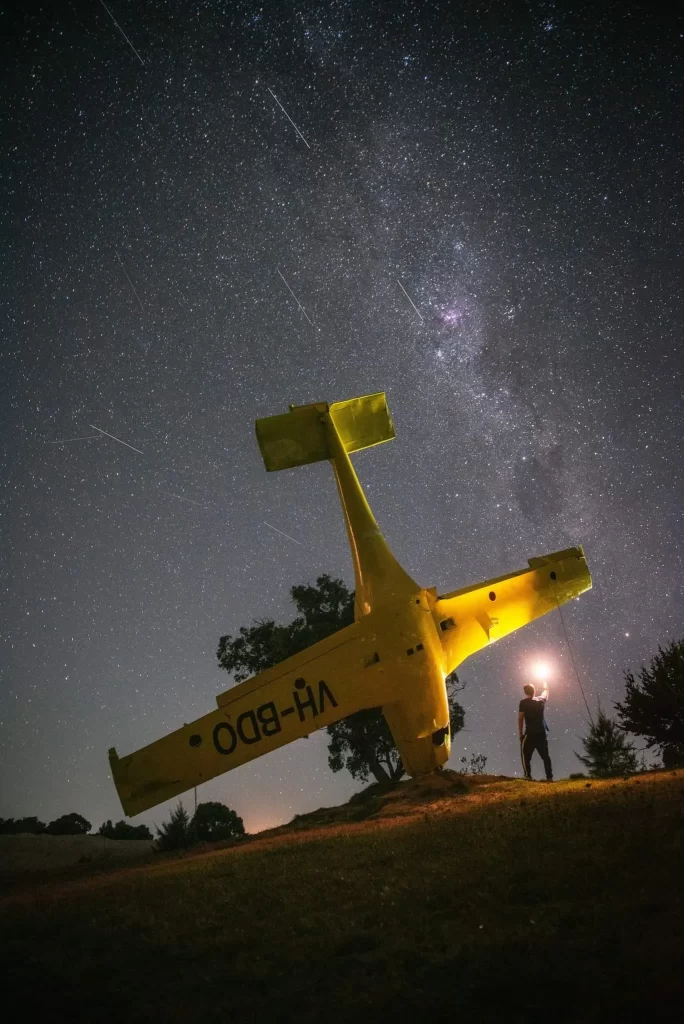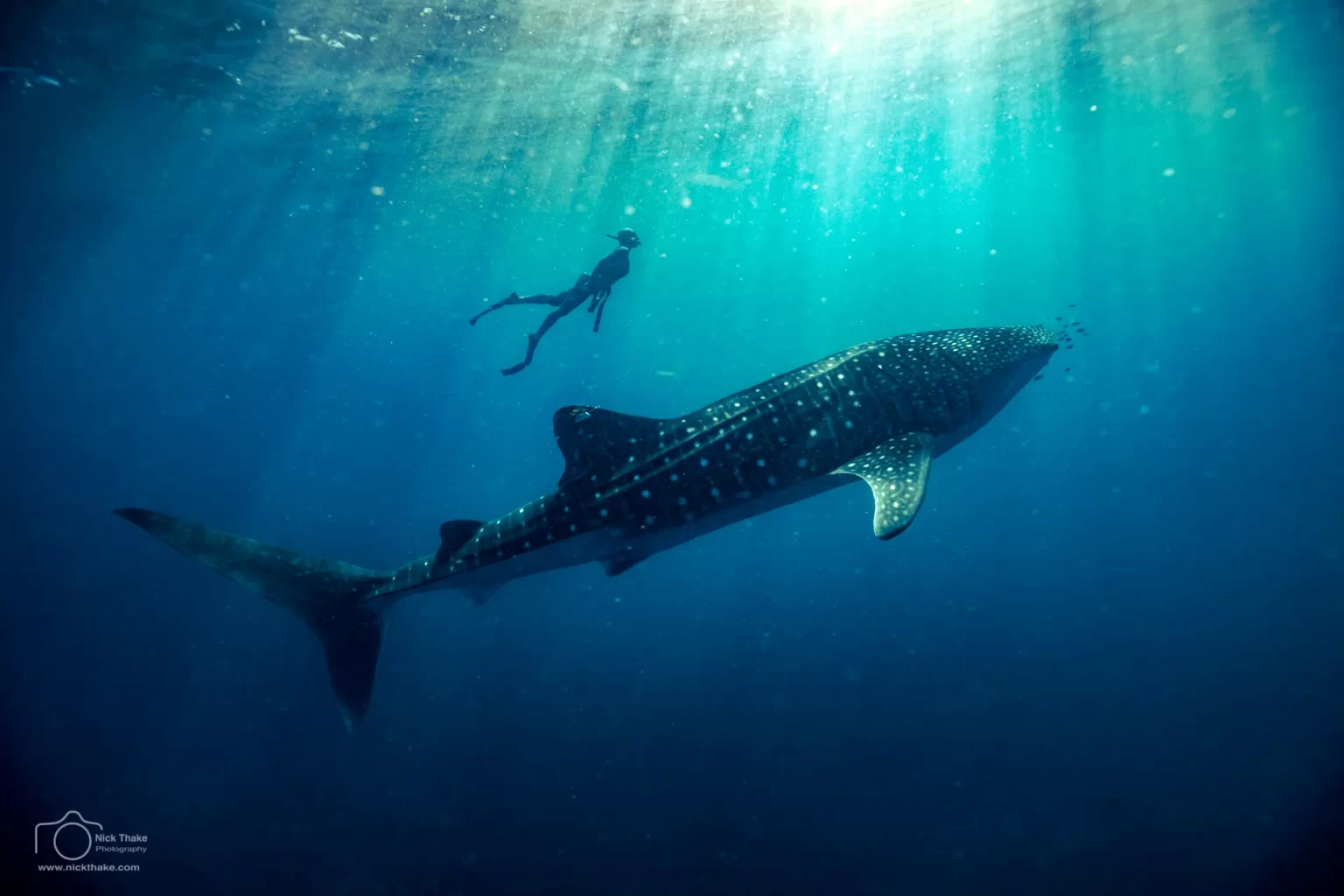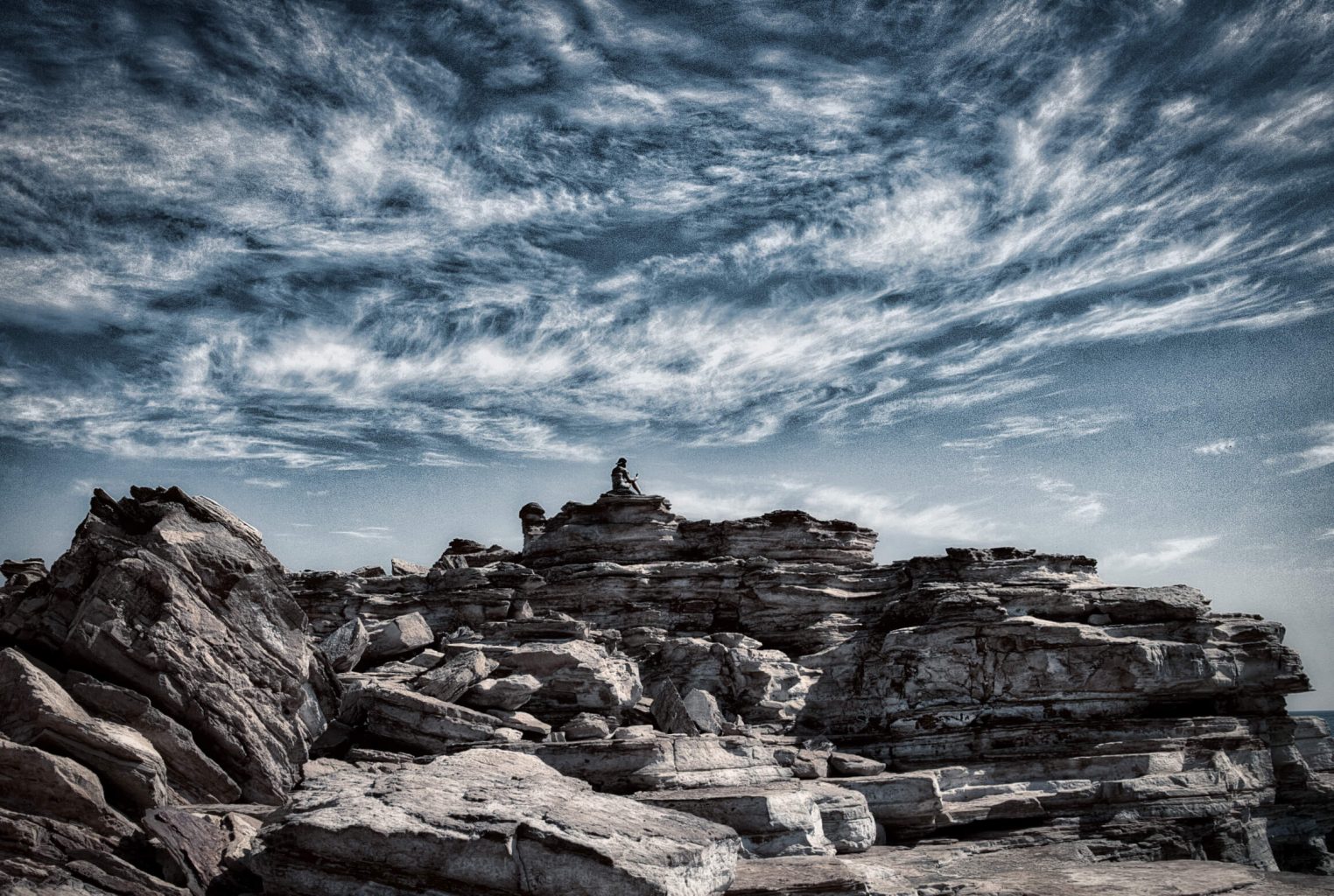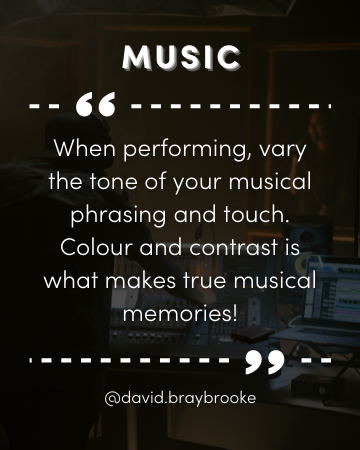When it comes to newborn photography, few have been awarded and recognised as extensively as Brisbane-based Kelly Brown. First launching her business back in 2004, Little Pieces Photography, she is considered one of the leading authorities in the genre. Initially specialising in newborn and baby portraiture, she now spends the majority of her time training and educating both budding newborn photographers along with professionals keen to broaden their offerings and take their skills to the next level.
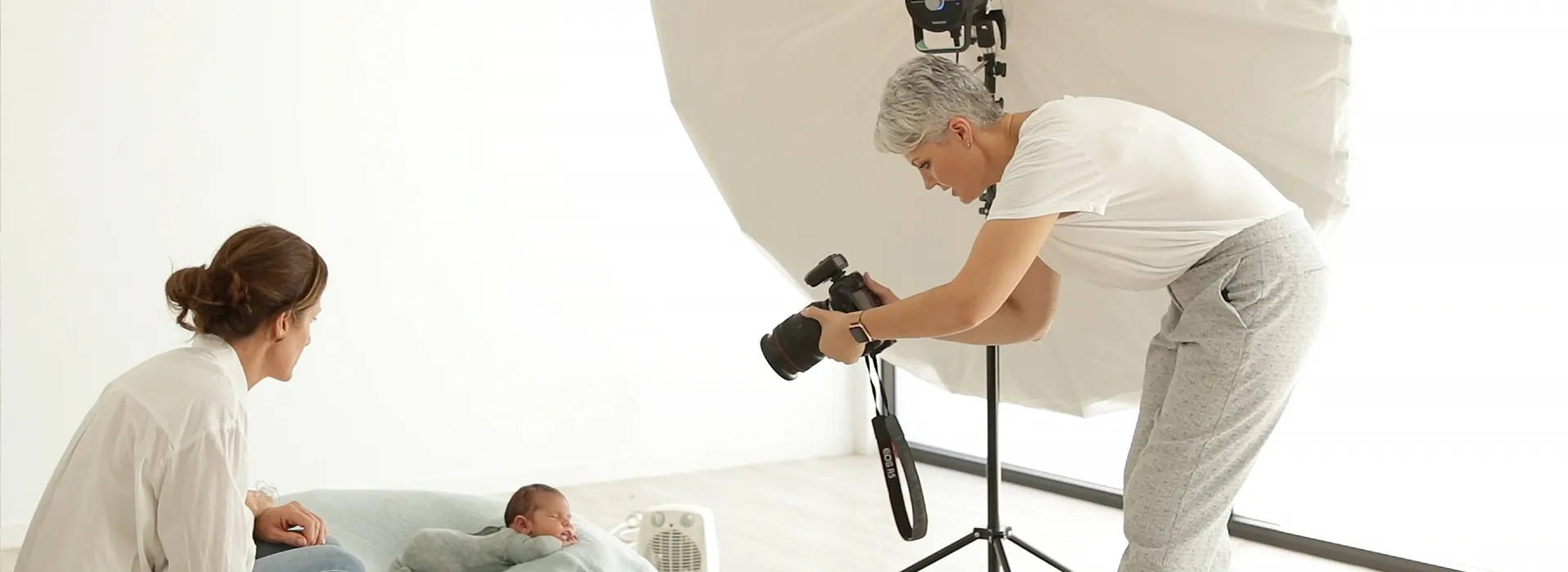
After having been an instructor on the Creative Live platform with almost 65,000 students globally, with a perfect score of 100% of students recommending her course on how to launch a newborn photography business, in 2021 she launched her own dedicated education platform, kellybrownonline.com. She also shares a wealth of business tools and resources, including Photoshop action/presets, digital backgrounds, textures, and editing tutorials on her other platform, newbornposing.com.
Aside from being one of only a handful of Canon Masters in Australia, Kelly is also an ambassador for Graphistudio and Canson Infinity as well as holding the title of WPPI Grand Master of Photography.
Below she shares some of the wisdom and experience she’s amassed during her almost two decades in business creating stunning newborn portraits for her clients.
Key lessons
One of the most important lessons Kelly says she’s learnt over the years when it comes to capturing portraits of newborns is to always be led by the baby. “Every baby is different,” she says, “and that’s why it’s so important to watch and listen to their cues. Patience is going to be one of your closest allies.” The reality is that how a session unfolds will very much be dictated by the baby; how they’re feeling, the mood they’re in, and how comfortable they are in the setting.
“Communication with the parents is also critical,” Kelly says. Whether it’s prior to the session, where the initial planning takes place and expectations are set, or during the photo shoot, listening to the wants and needs of the parents will help make the process as smooth as possible.
Kelly says that one thing she wishes someone had told her when she was first starting out was the importance of valuing her time. “Newborn photography generally requires more time to produce fewer photos,” she says. Along with tracking how long things take, she stresses the importance of knowing what your costs of doing business are and paying yourself a decent wage by ensuring that you’re charging appropriately.
Safety is paramount
“No shot is worth risking the safety of a baby,” Kelly states emphatically. “A lot of photographers want to jump straight into posing newborns and creating elaborate setups, but that’s a recipe for disaster and an accident just waiting to happen,” she says. “The first step instead needs to be learning the craft and understanding a new baby’s needs.”
Kelly says that newborn safety is always at the forefront of everything she does throughout every single session. Her checklist below will help to identify any potential risks so as to avoid them:
– Never leave a baby unattended.
– Ensure that the baby’s head and neck are always supported.
– Never force baby into a pose.
– Always wear a camera strap when shooting from above.
– Never stand on anything above baby.
– Always have a spotter when using props.
– Avoid all fall risks.
– Never use glass or breakable props.
– Use Photoshop as a safety tool to composite or remove supporting hands.
“When you know how to get it right in camera, you can then focus your attention on keeping every baby comfortable and safe during your sessions,” Kelly says, “and be able to produce the most engaging and special portraits for your clients.”
Natural light or studio flash?
Most newborn photographers tend to start out relying on natural light, and Kelly says that she loves using it in her studio as she has large frosted windows that produce a beautiful quality of light. However, for consistency and greatest control, she tends to rely on flash 90% of the time.
There are pros and cons associated with both light sources. While natural light is cost free and readily available, it can prove to be challenging when relied upon in a client’s home. Factors such as the size and height of the windows, the aspect of the property, changing weather conditions, and seasonal daylight hours can all impact a session, and the reality is that in certain circumstances, daylight might not be the ideal light source to produce the very best results.
Investing in artificial light can be an expensive exercise, but a reliable set of strobes along with a variety of light shapers can last for years and pay for themselves in no time. Some of the key advantages of flash that Kelly points out include the ability to position the light source wherever you like, the consistency of output and colour temperature, and the availability of a multitude of light shapers and modifiers to help you achieve the desired result.
“Regardless of the light source you choose to work with, you must understand how to control and shape the light, as it won’t magically do the work for you,” Kelly says.
Location, location, location
“Creating the perfect environment is vital for a successful session,” Kelly states. And regardless of whether the shoot is taking place at your client’s home or in a studio, you’ll need to ensure the setting is comfortable and warm, and that you’ve got all the necessary gear and props on hand so as to capture a variety of photographs for your client.
There are a number of distinct advantages to working from a studio setting, whether it’s a commercial space or even a converted room in your home, but the reality is that these may not be practical options depending on where you are in your career. Relying on the same shooting space, like using artificial light, provides consistency and control over the session, and when working with newborns, the more you have of both the smoother the shoot will be.
If you are travelling to client homes, you’ll need to factor in travel time and cost, along with the need to set up and dismantle your mobile studio on each occasion. And the changing setting each time will mean that you might need to get extra creative with your lighting especially if the space isn’t conducive to studio flash and stands, or the natural light available is inadequate.
Special skills
Newborn photography is a particularly specialised niche of portrait photography. Knowing your equipment inside out and honing your craft are fundamental, but you’ll also need to understand newborn behaviour as well as develop a wide range of newborn posing techniques; the latter, Kelly states, can’t just be learnt overnight. Photographers who have had their own kids will have a head start with regards to reading and deciphering the behaviour of newborns, but this can also be learnt through experience.
“So it's a really useful skill. And I know some people love it, but a lot of people get really nervous and just don't know quite how to put it across and make it sound exciting and interesting.”
SHARE THIS POST
RELATED ARTICLES
JOIN THE COMMUNITY
Sign up and be a member today! Unlock promotional deals, Mentor advice, event invites, competition prizes, and showcase your work to the wider industry.
Submit your best travel image from 5 September – 5 October 2022 and go in the running to win a SanDisk Professional G-DRIVE SSD 4TB for this month’s Travel Image Competition! Signing up will also grant you access to exclusive deals and promotions, competitions and much more.
—— OR ——
By clicking on “Submit”, you agree to Western Digital’s Privacy Statement and SanDisk Professional Academy Terms and Conditions.
